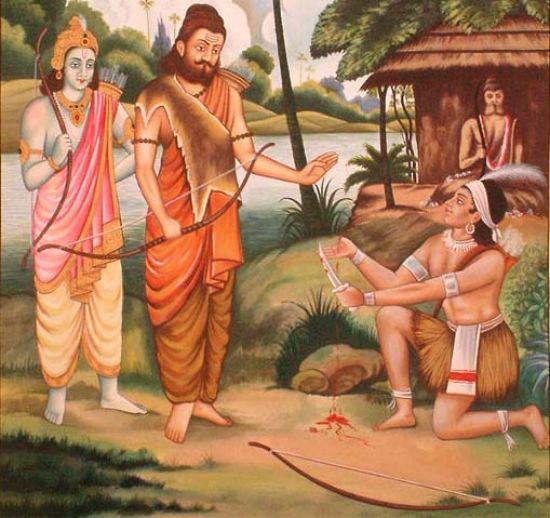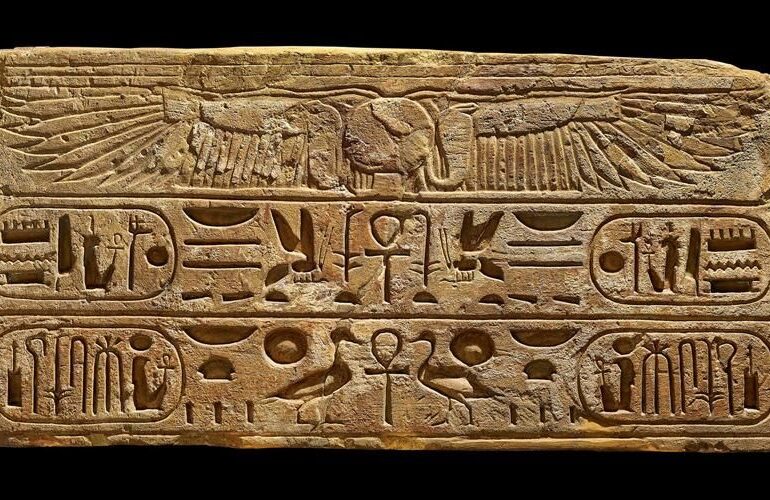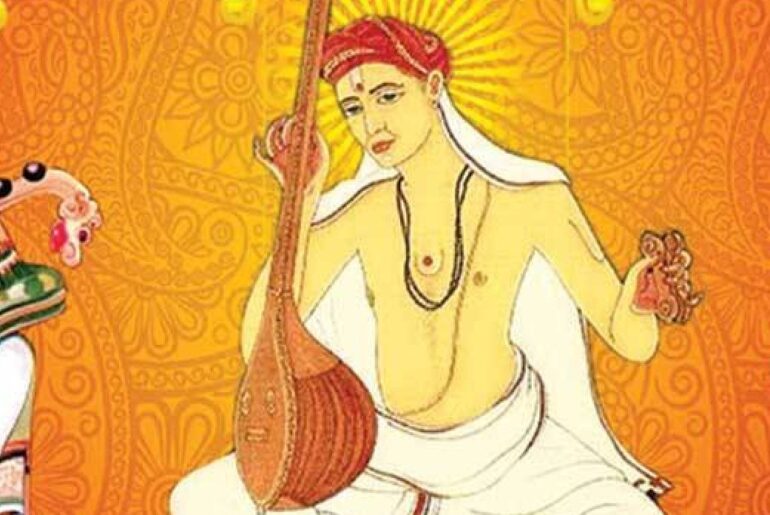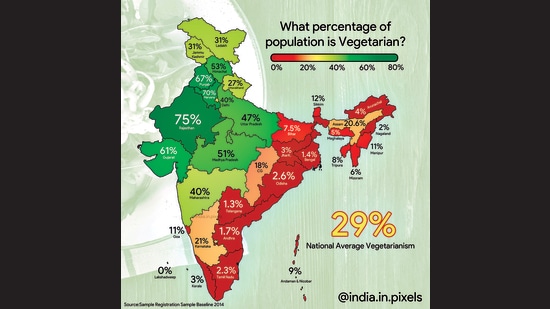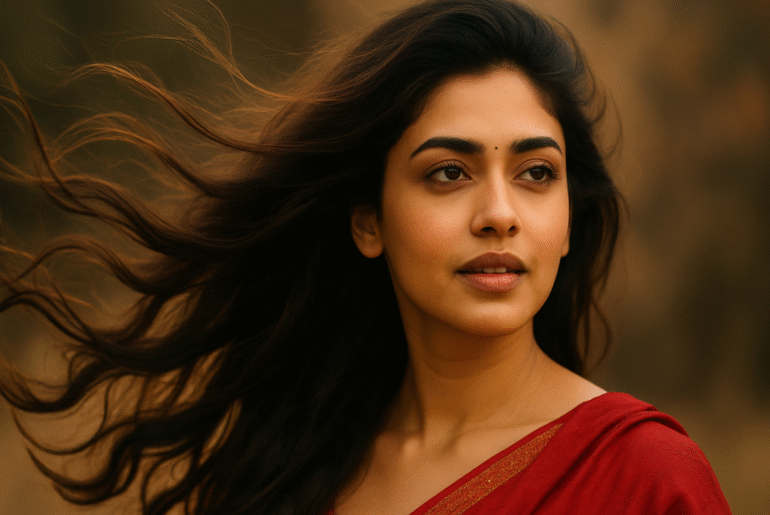This weekend, I accidentally cut my left thumb. As I fumbled around, two trains of thought crossed my mind—first, the story of Ekalavya that every Indian kid learns about and, second, the opposable thumb that I learned about when working on my PhD thesis on robot hands.
(Spoiler alert: Like all smart school and college kids today, I started with an adaptation of ChatGPT’s answer. I cheated and asked ChatGPT “Who was Ekalavya?”. I also tried BARD and thought that i got a much better summary from it.)
Ekalavya, a young tribal prince, is a character from the Indian epic, the Mahabharata. As a young boy, he wanted to learn archery from the great guru, Dronacharya. Unfortunately, Drona rejected him because he was not from a royal or warrior family, especially the Kuru family that had hired Drona to teach their young princes. Undeterred, Ekalavya went into the forest and created a statue of Dronacharya, and then practiced archery in front of it, treating it as his teacher.
Blissfully unaware of this, Drona continued to teach the Pandavas and the Kauravas, the protagonists in the Mahabharata and promised Arjuna, one of the Pandava brothers, that he will be the greatest archer in the world.
Long story short, Arjuna hears of Ekalavya’s skill as an archer and that Ekalavya is Drona’s pupil. The perplexed Drona and the irate Arjuna march off into the forest to meet Ekalavya. Seeing his own statue, watching Ekalavya shoot, Guru Drona (craftily?) asks for his guru dakshina—Ekalavya’s right thumb! Ekalavya unhesitatingly cut off his thumb and presented it to Dronacharya, showing his unwavering devotion and respect for his teacher. Ekalavya is thereafter known as the most dedicated sishya—one who was willing to give up everything he had sought to fulfill his guru’s request.
Ekalavya, then, continued to practice archery with his remaining fingers. Despite the loss of his thumb, he remained a skilled archer and became famous for his abilities. In the Mahabharata, Ekalavya’s story is often used to illustrate the importance of loyalty and respect towards one’s guru or teacher. However, it is also seen as a tragic story, as Ekalavya’s dedication and sacrifice ultimately went unrewarded, and he was not able to achieve the recognition and status that he deserved. (For more, see the PS below)
When I started my doctoral research, the only robot hands around were the Utah-MIT hand and the Stanford-JPL hand. Masterpieces of engineering for the day, they were nightmares to program, run and maintain. (Aside: Robotic hands still have a loooooong ways to go, as not much has changed in 30+ years, sadly. This is a reflection of how incredibly hard it is to design these hands to be precise, dexterous, robust yet light and performant.) Even as these folks worked hard to design, build, and run these hands, parallel work on the modeling and design of robotic hands was pretty basic—impractically treating these robot fingertips as hard and often pointed. This inspired my thesis work on creating human-like fingers with controllable fingertip properties.
As with most designs, there is a huge biomimetic element to an effort like this. Since biological systems have evolved over millions of years, they are viewed as good design starting points. Naturally, I spent time in the Lane Medical Library reading books on human hands. And learned about the opposable thumb—which are a unique feature of primates, including humans. They are thumbs that can be moved independently and placed opposite the other digits of the hand, allowing for a firm grip and manipulation of objects.
Turns out that the grasping hands of primates are an adaptation to life in the trees. The common ancestors of all primates evolved an opposable thumb that helped them grasp branches. Shorter thumbs and longer fingers are helpful for climbing.
But as our ancestors forsook life in the trees, and increasingly began to make and manipulate objects, shorter fingers and longer opposable thumbs would have produced a hand assembly that got better and better at grasping. Over time natural selection could have refined these anatomical changes based on the many ways humans used their hands and which of those proved most rewarding, like smashing animal bones to collect their high energy marrow.
The human opposable thumb is longer, compared to finger length, than any other primate thumb. This long thumb and its ability to easily touch the other fingers allow humans to firmly grasp and manipulate objects of many different shapes. The human hand can grip with strength and with fine control, so it can throw a baseball or sign a name on the dotted line. Experimental studies have shown that humans use forceful precision grips when they make and use stone tools, so it’s often thought that this ability in humans evolved in response to tool use. It’s, therefore, this opposable thumb that makes the human hand unique!
So, putting these two stories together: While Prof. Dronacharya likely didn’t get his PhD for designing hands for archery, the wise (or, should I say, crafty?) master certainly knew a thing or two. Which is why he kept his promise to his royal student, Arjuna, by asking for his guru dakshina—the dominant opposable thumb—from his other, likely far more skilled, student, the poor Ekalavya!
A closing remark, should you be worrying right now… I am glad to report that I merely cut myself. Unlike poor Ekalavya, my thumb remains firmly secured to my left hand. And, like most of my 8 billion fellow humans and my many millions of monkey cousins, I can dexterously manipulate objects in my left hand using my opposable thumb. Hallelujah!
PS: As one keeps digging into the Mahabharata, one learns of more and more nuanced stories, interconnections, and philosophical lessons. Curious to know what happened to Ekalavya in the years after he cut off his own thumb, I googled around. And this is what I learned (here, here, here, and here). An interesting story is that when Ekalavya is killed, his is promised to be reincarnated in a form so he can kill Dronacharya! Karma!
Do let me know if you piece together a cogent picture of Ekalavya’s later years. I can’t wait to know what you learn!
References:

